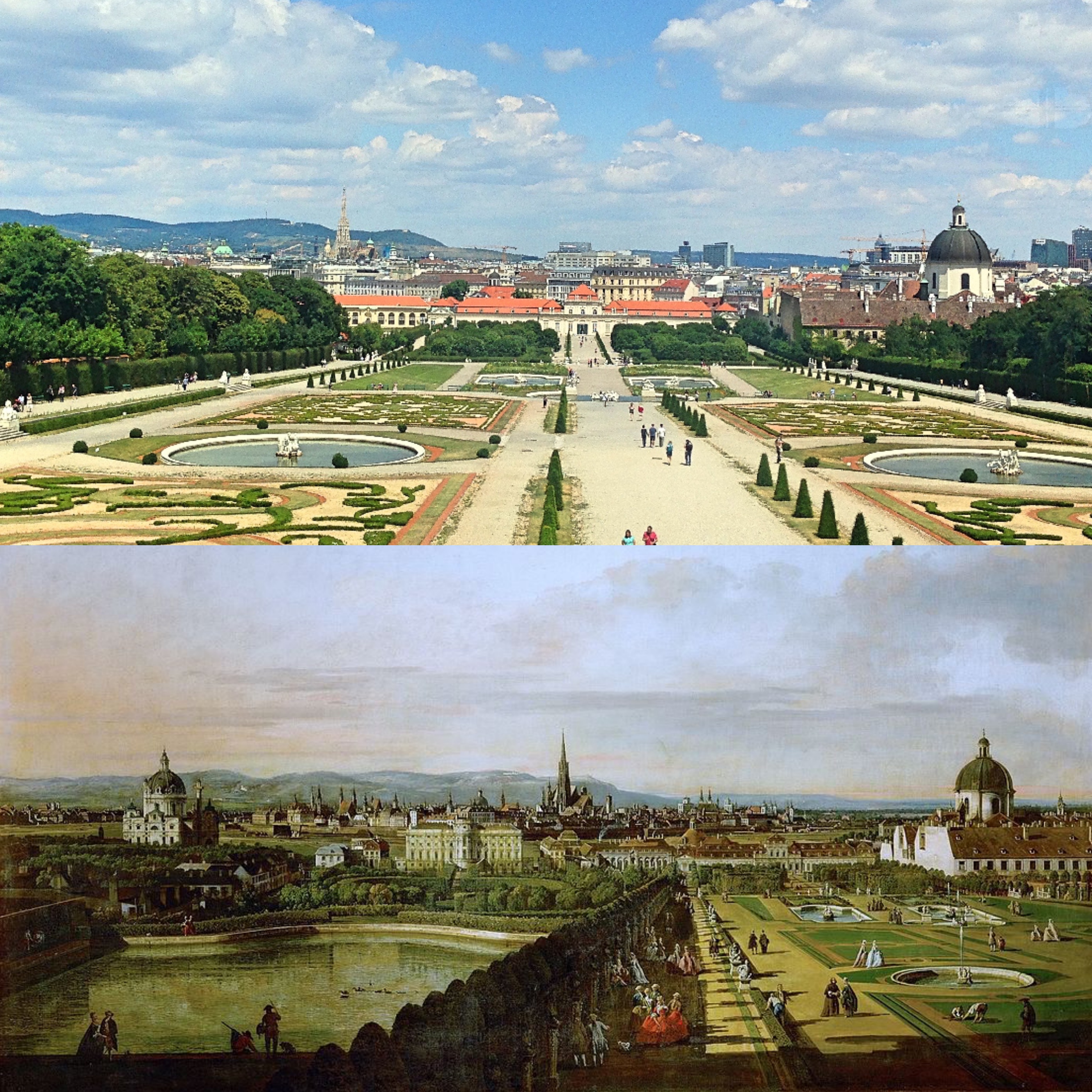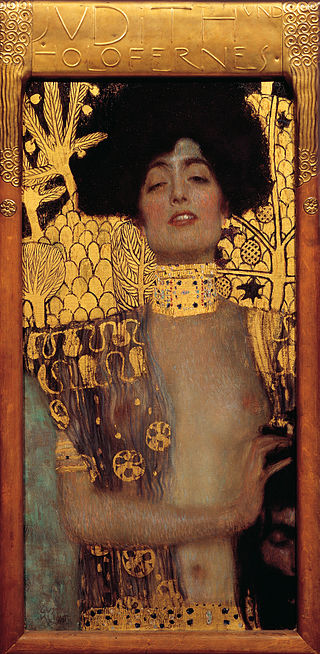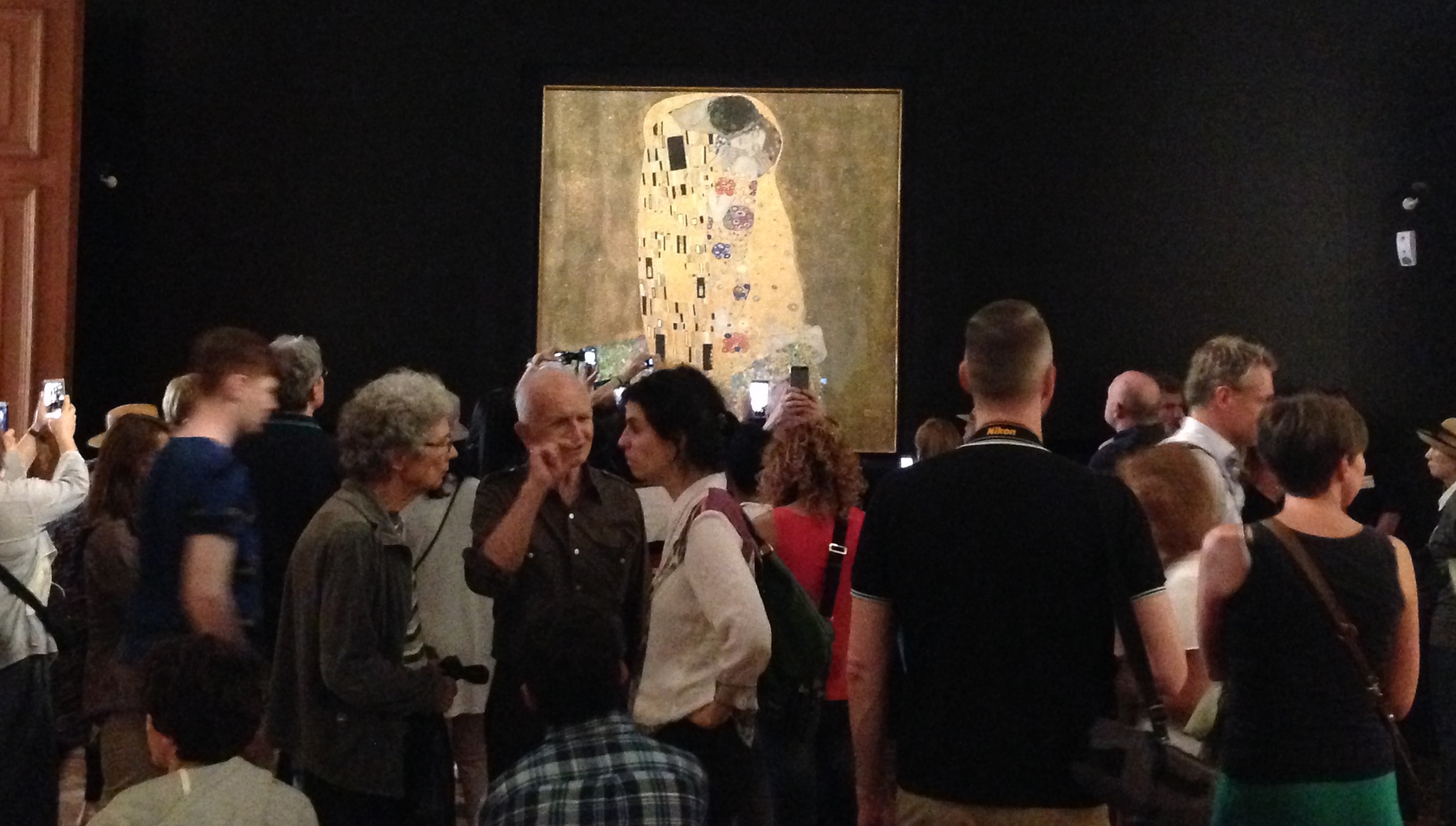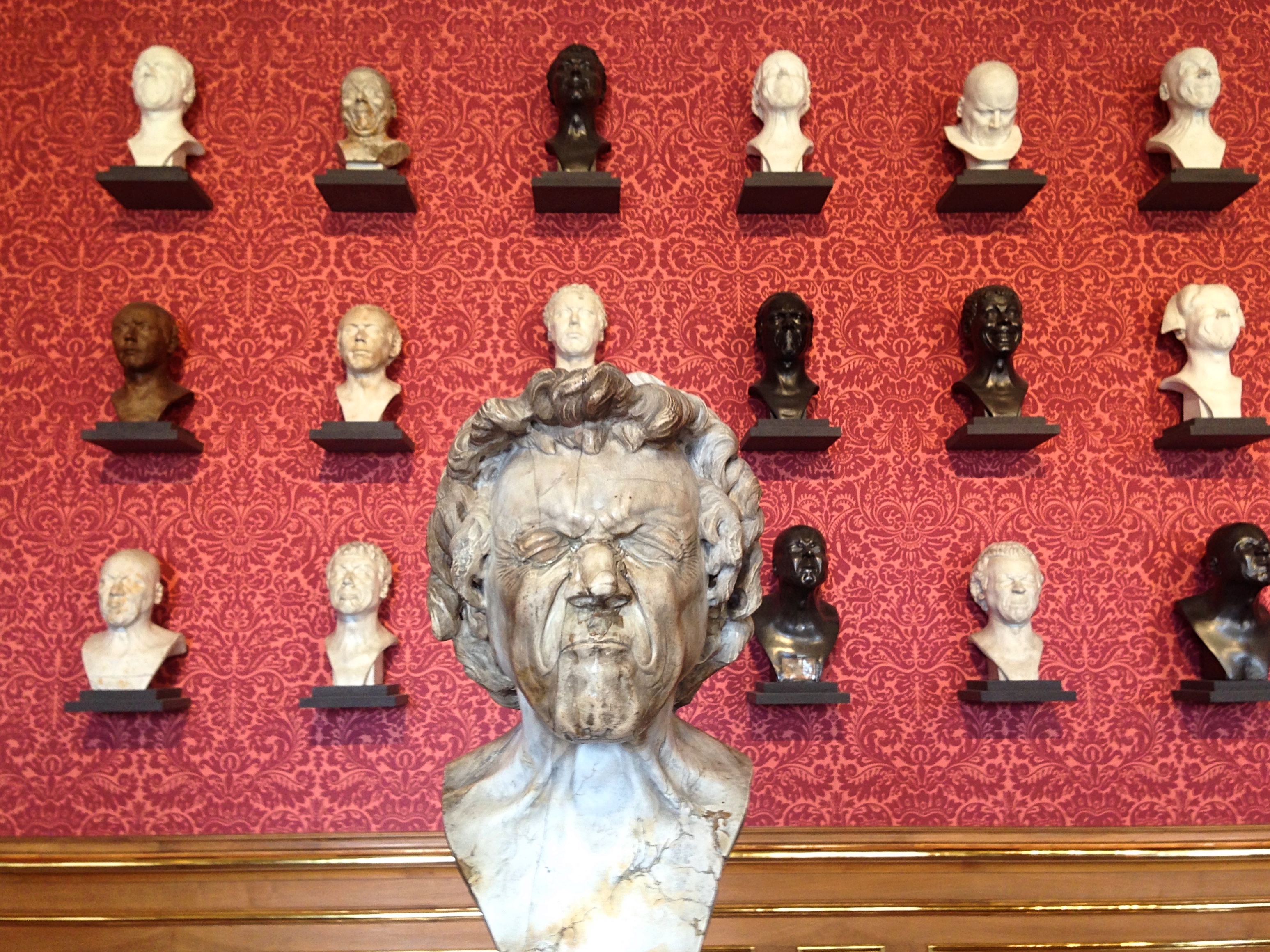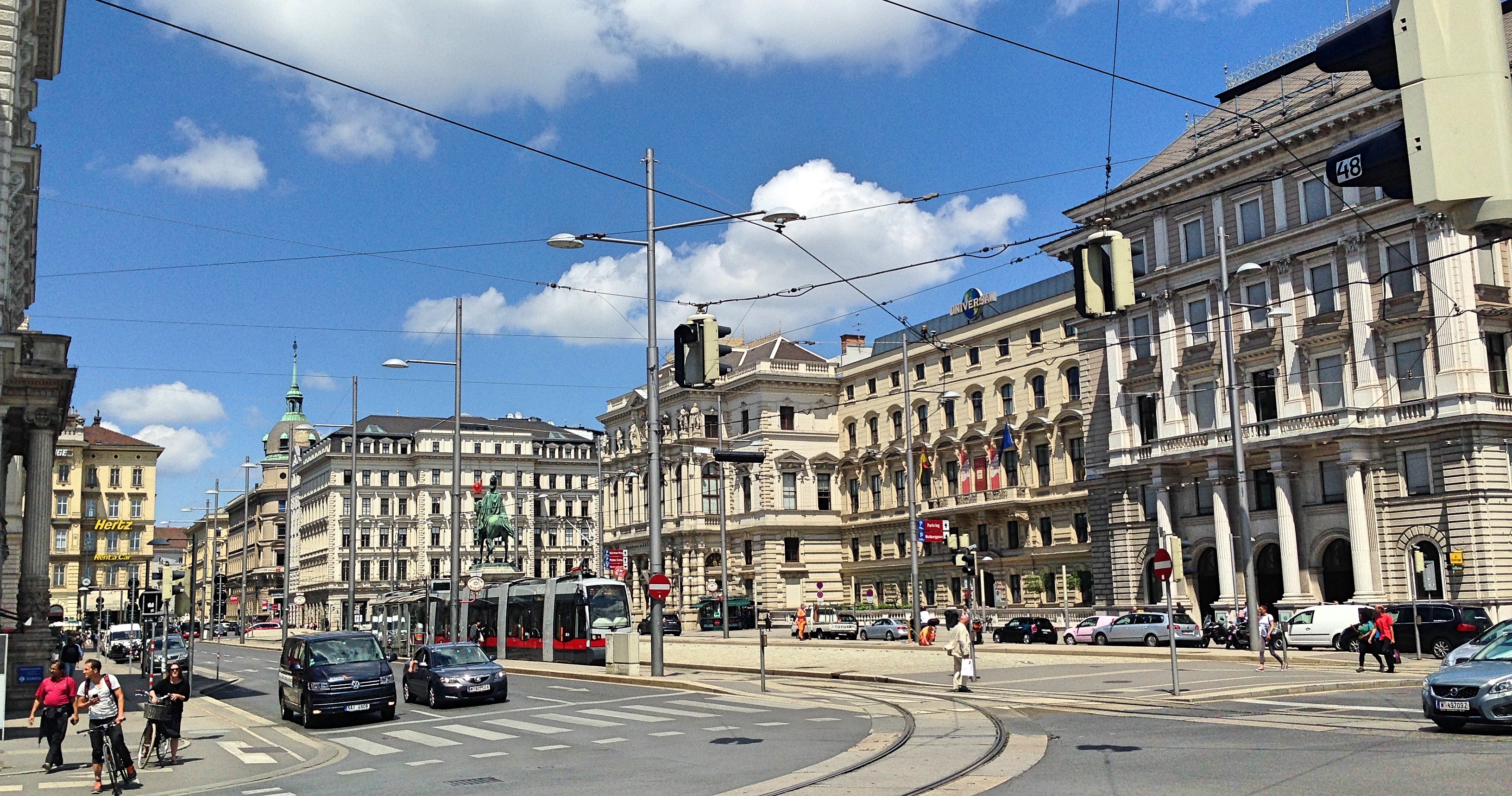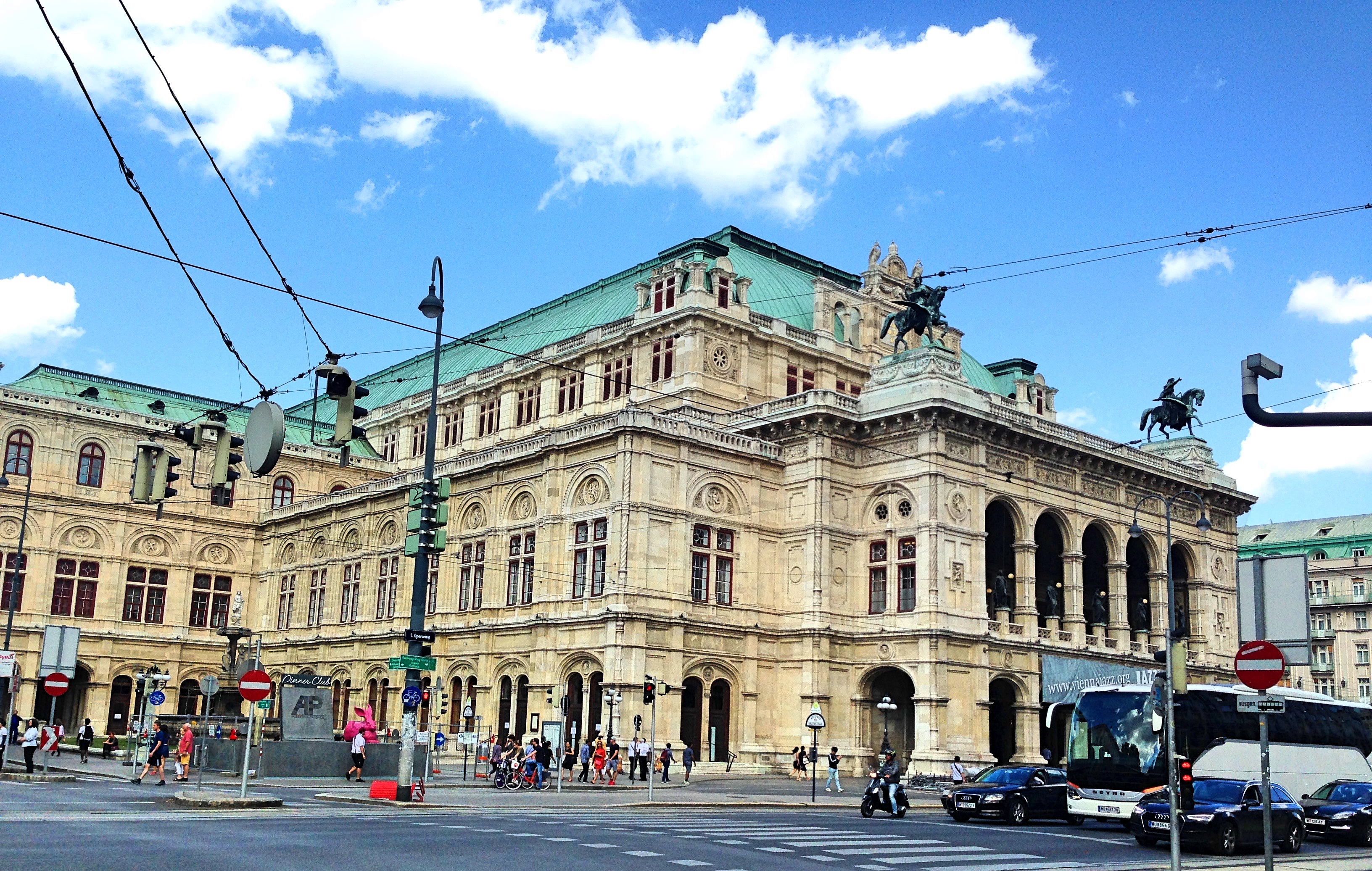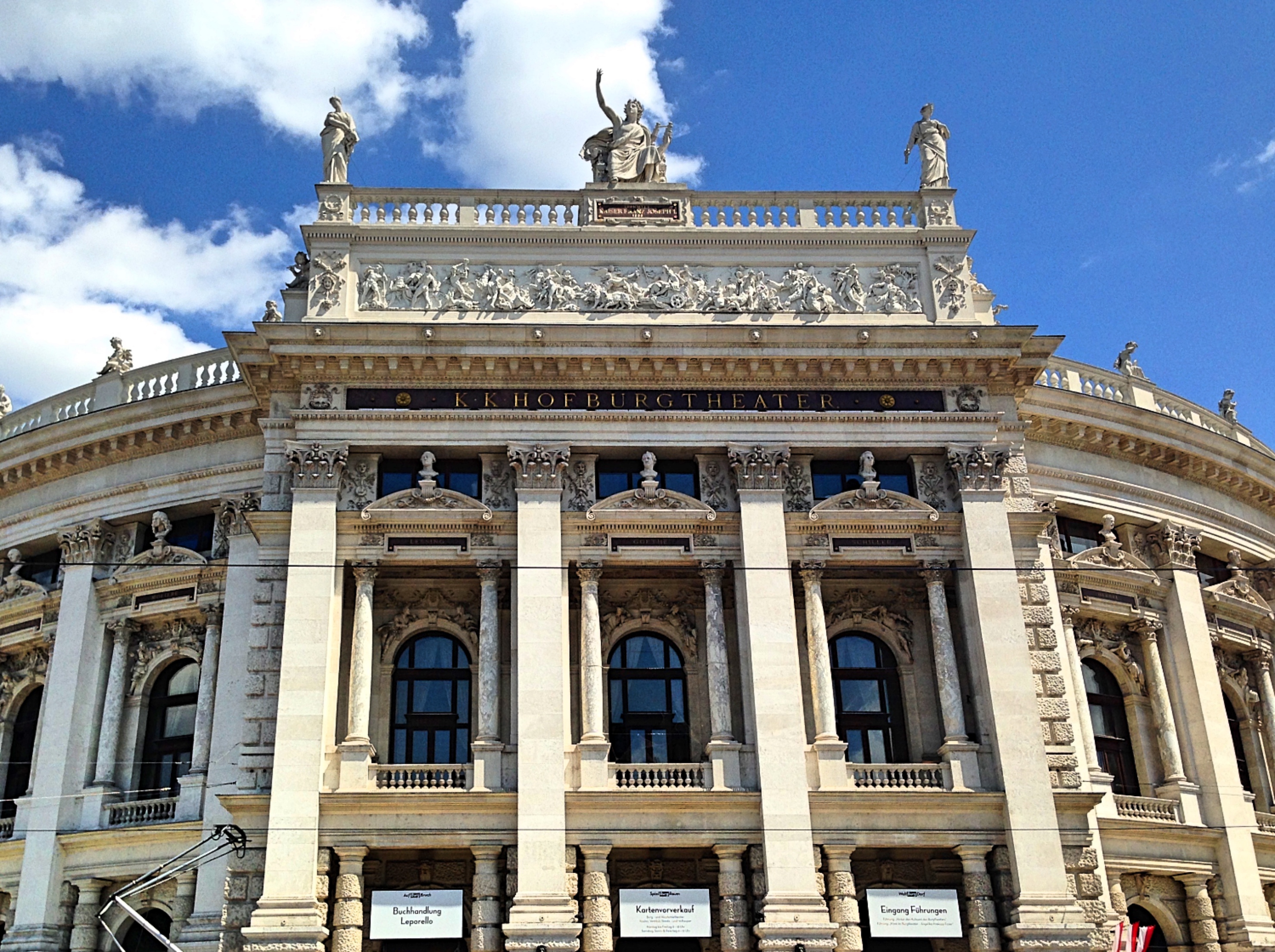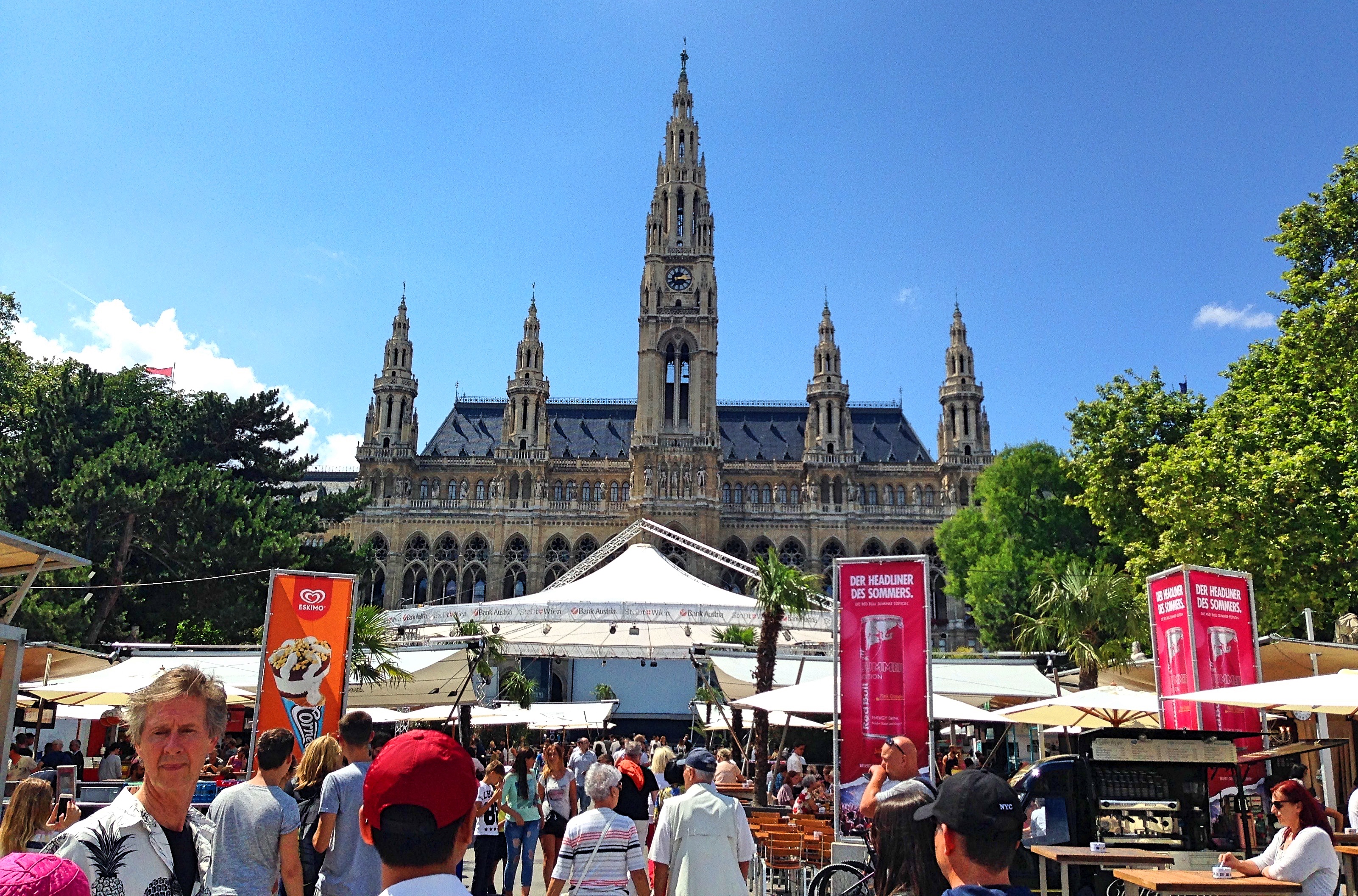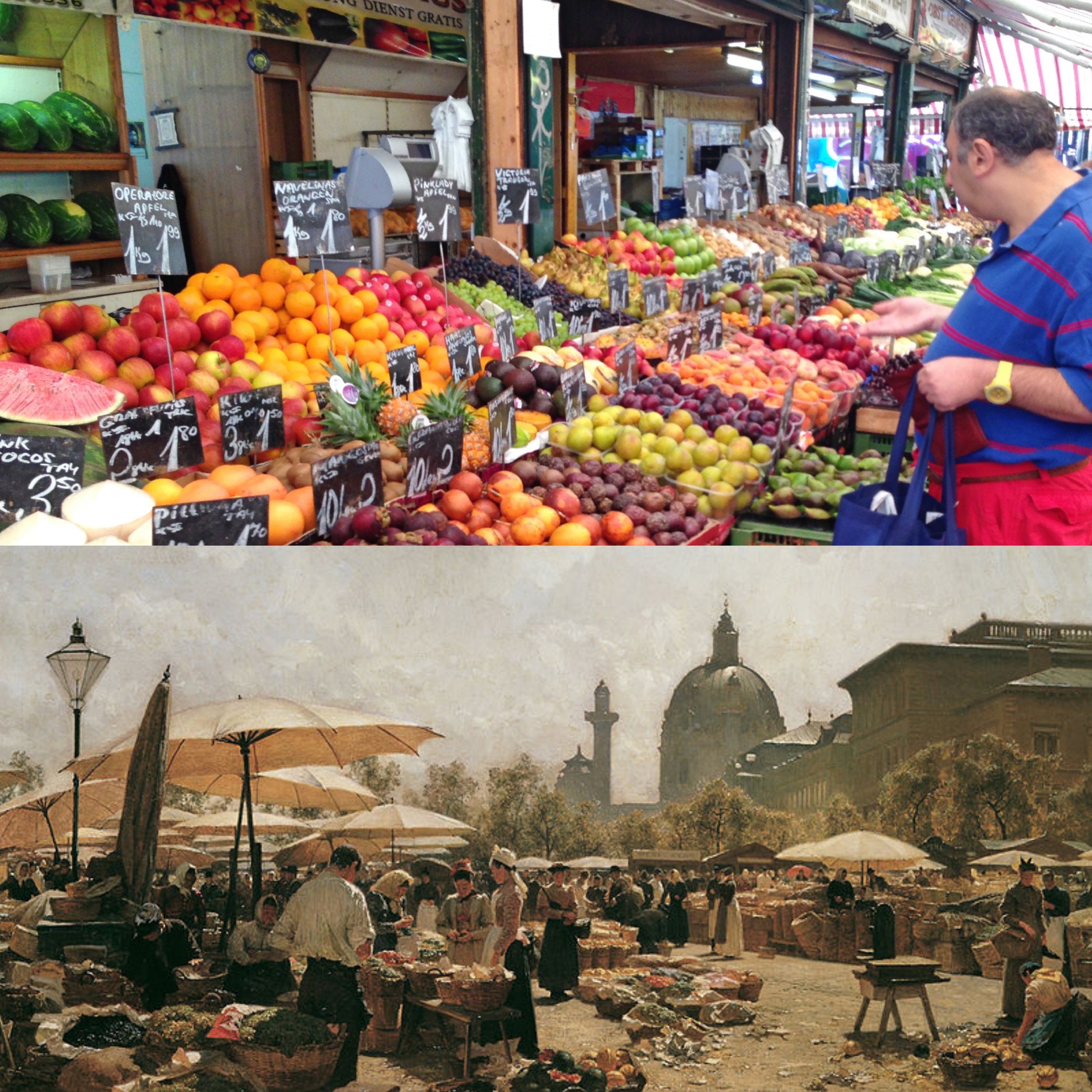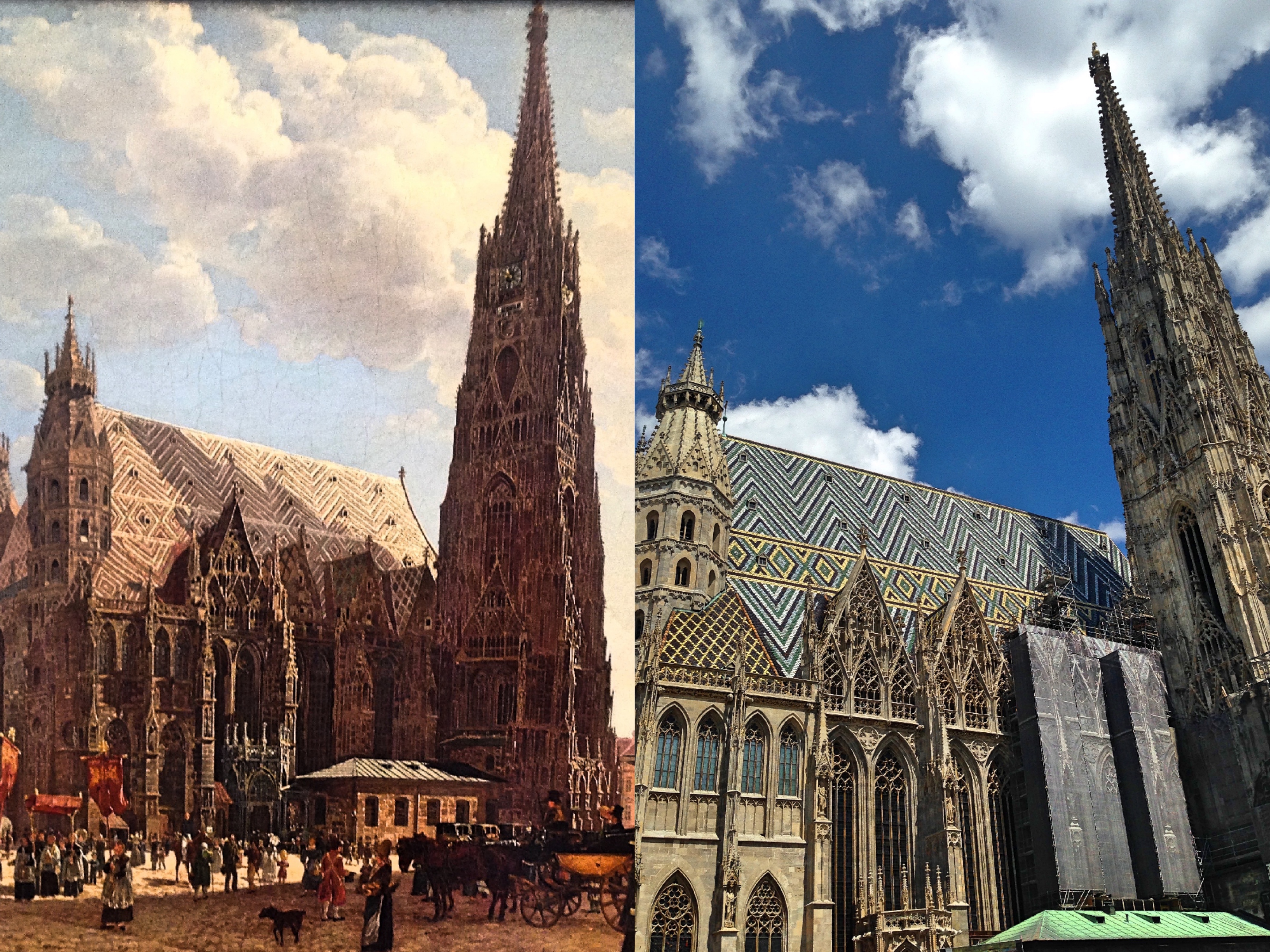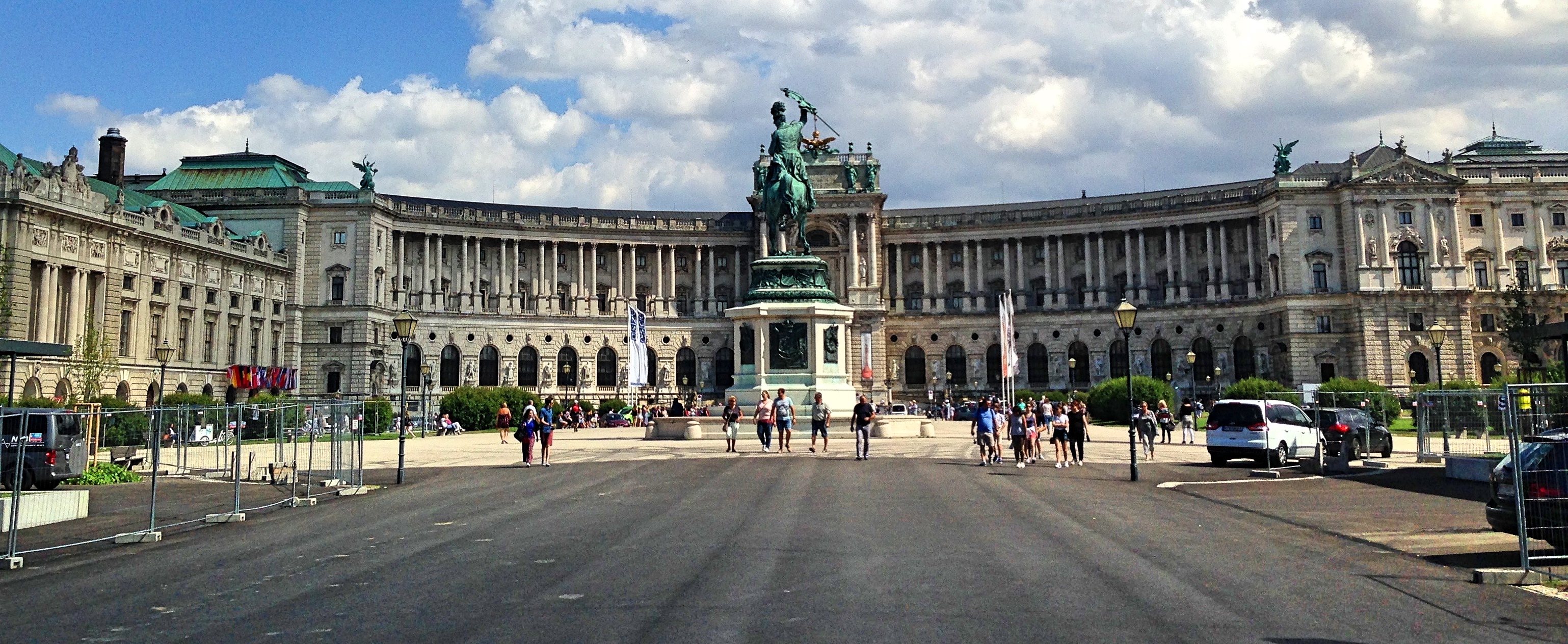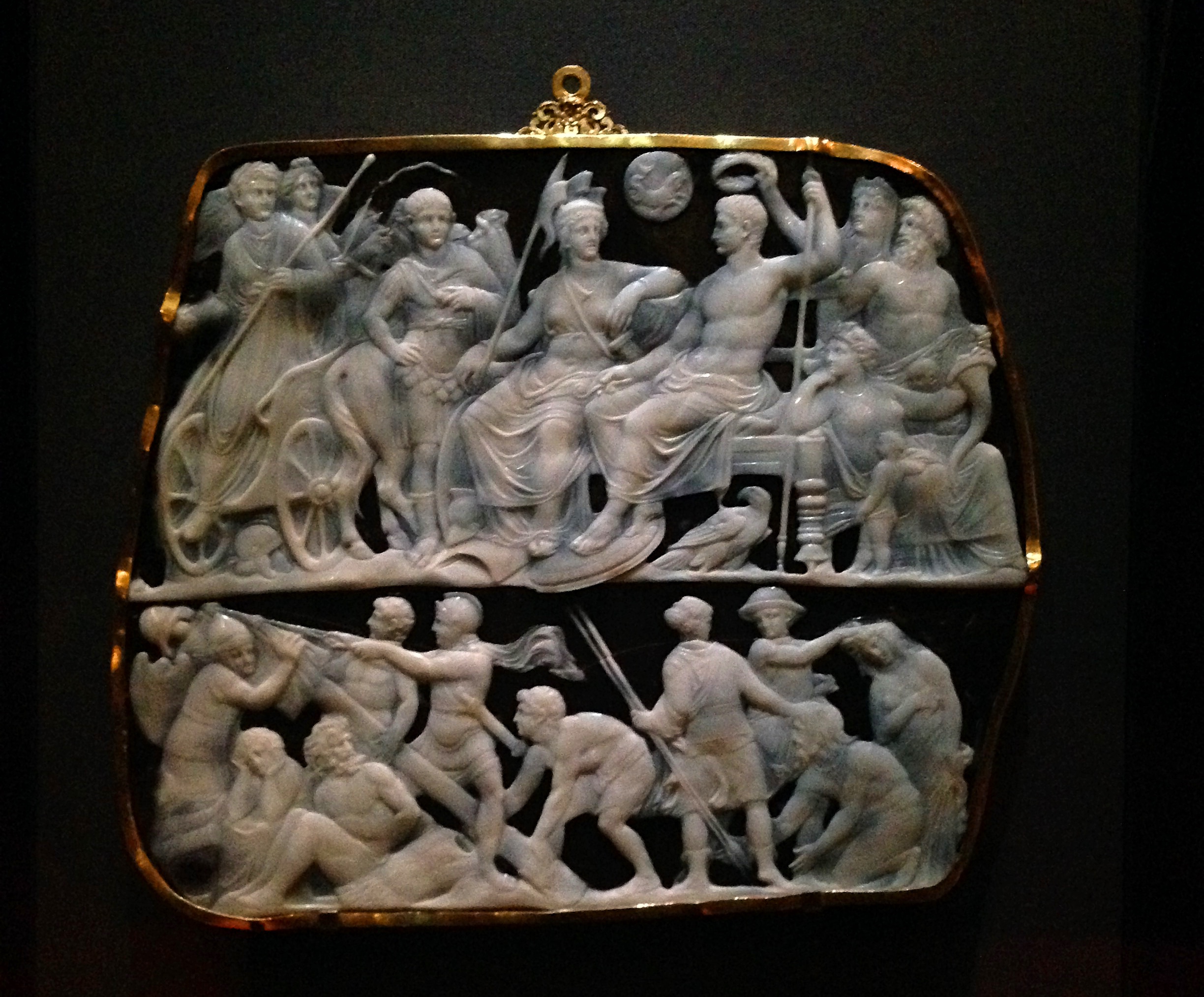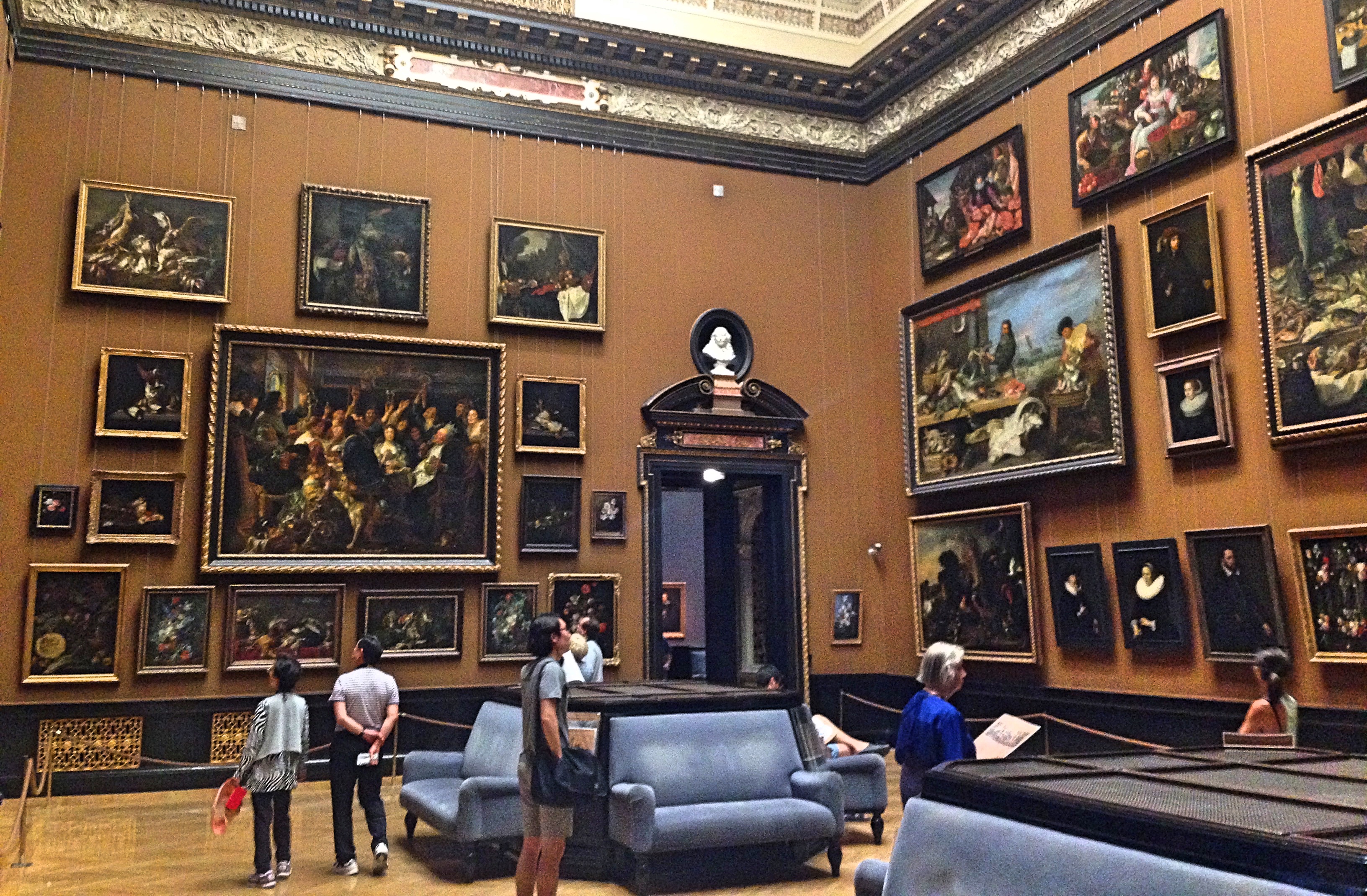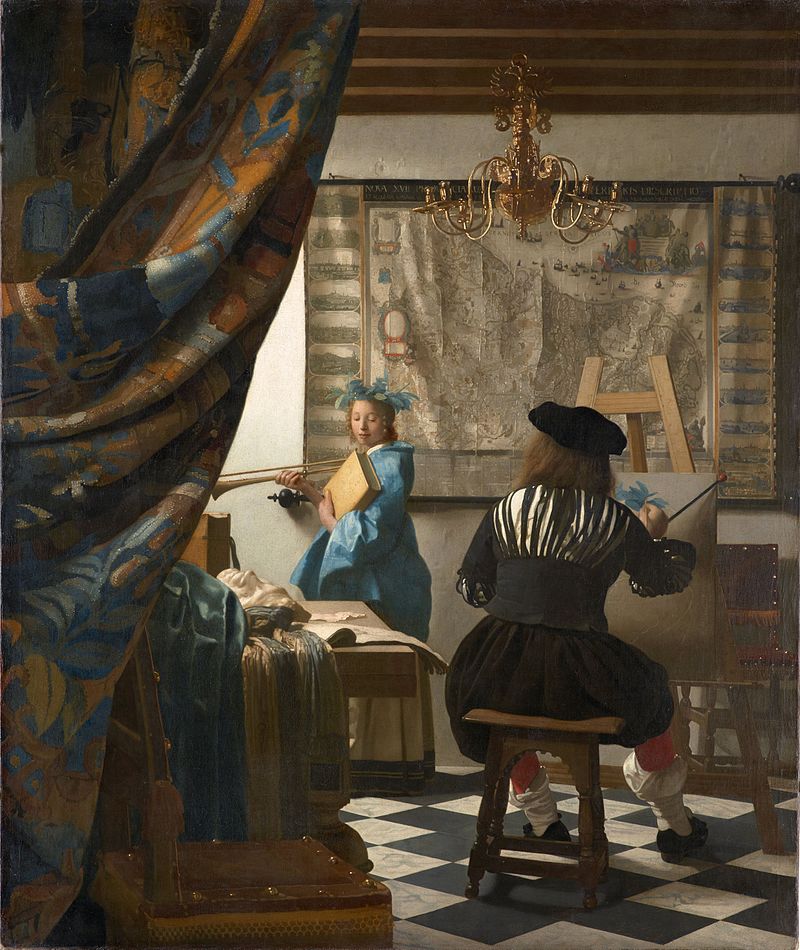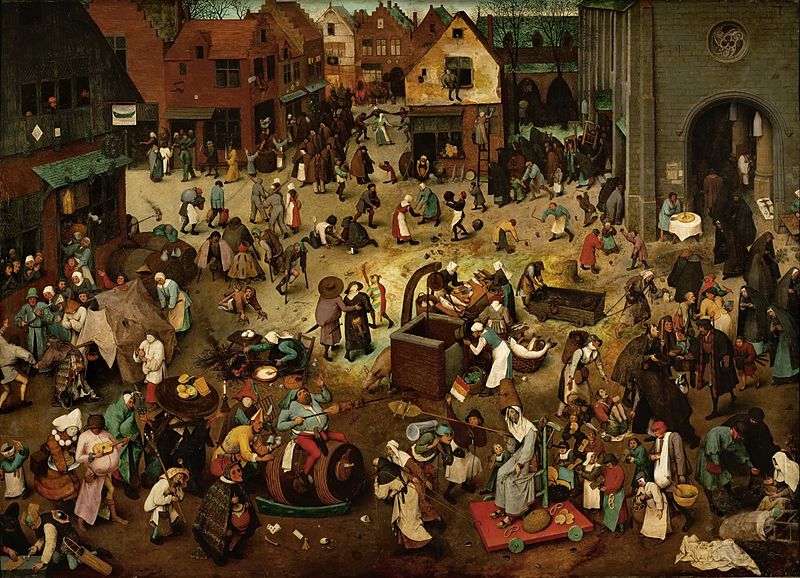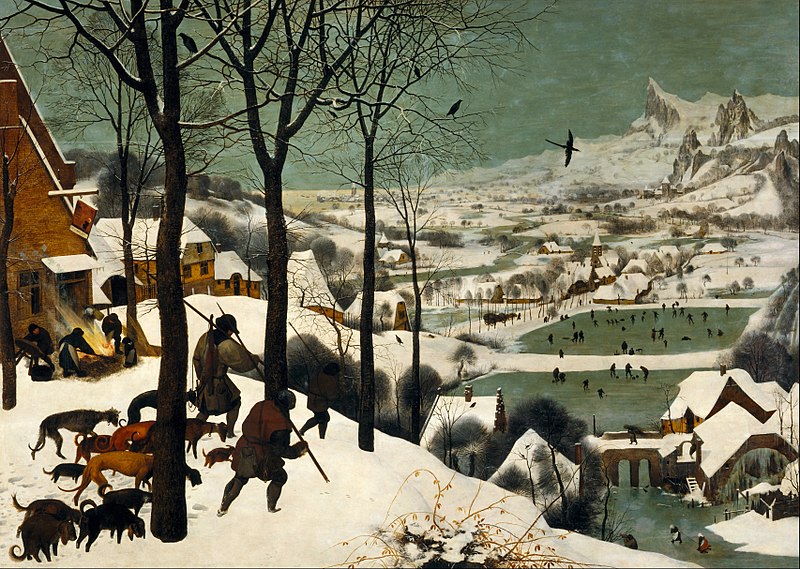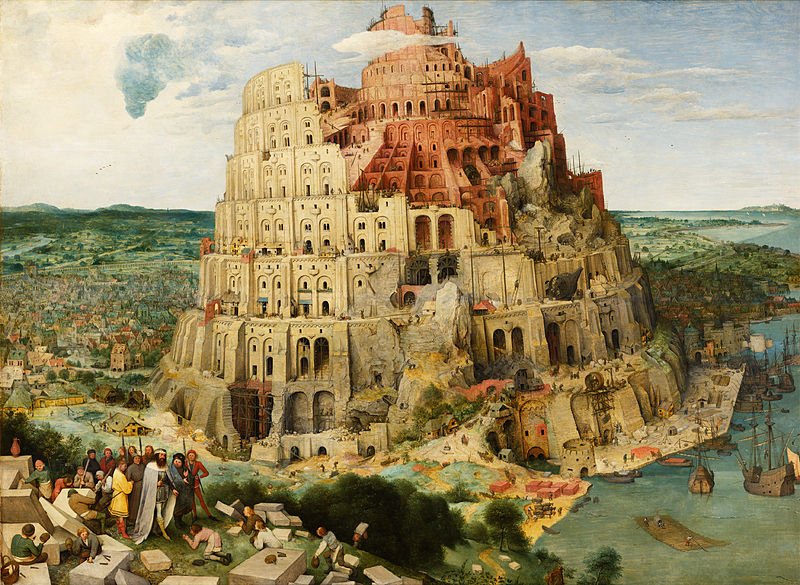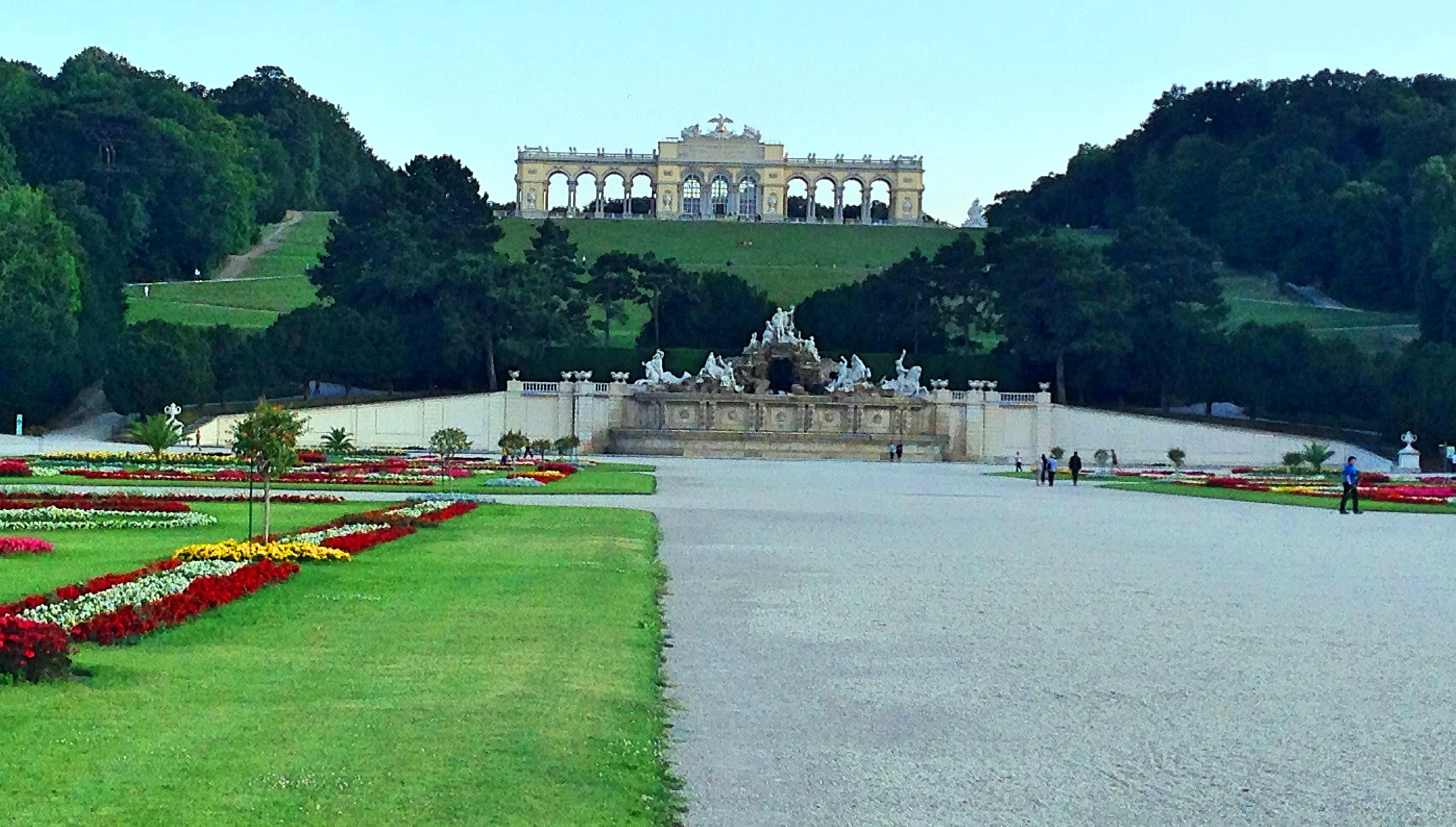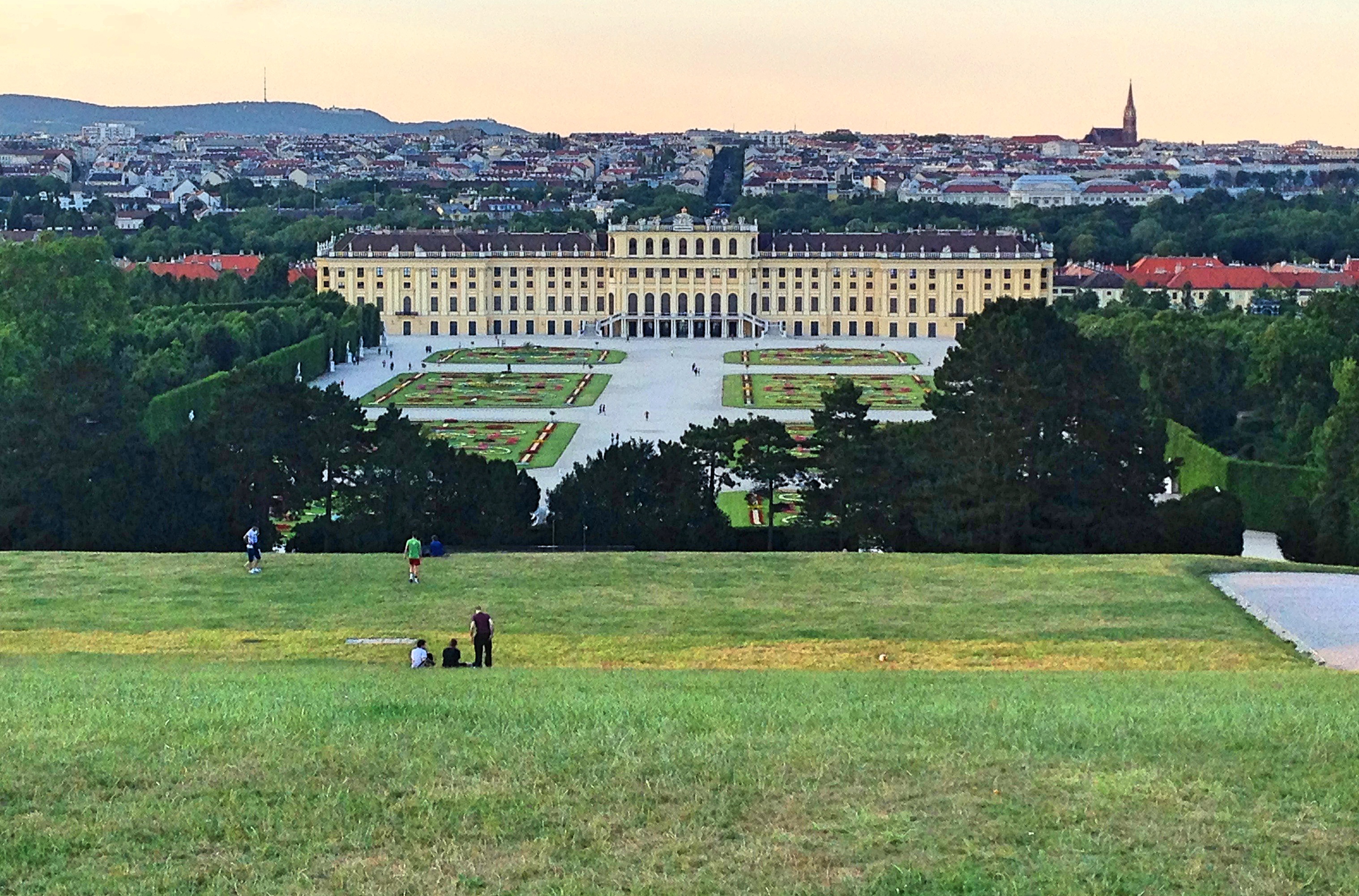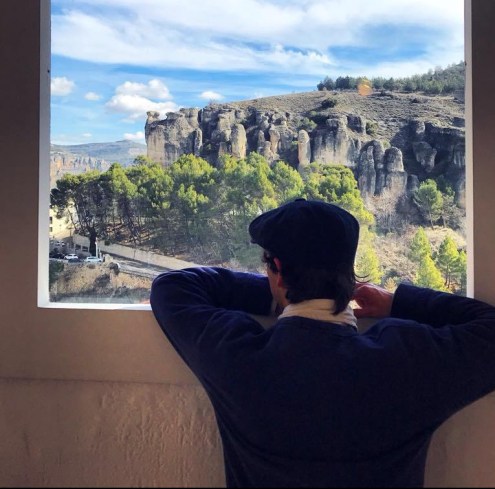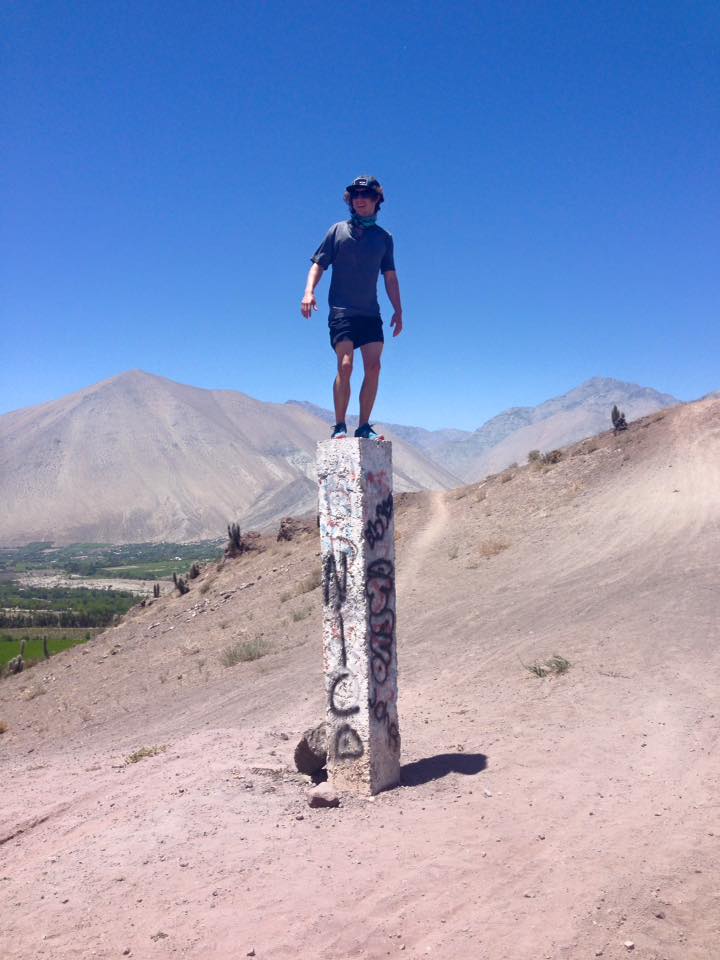Don and Dan Do Drugs
“Dan, will you do me a favor, please? I think those brutes knocked out a few of my teeth.”
Don Bigote sticks two of his boney fingers inside his mouth and pulls his cheek, showing me his bloody gums. We’re sitting in a lifeboat—me rowing, him sitting opposite me—floating in the Atlantic somewhere off the coast of Europe. We left yesterday, very early in the morning, and have been floating since then without spotting land.
“Listen, Mr. Bigote, this is the third time you asked me this. Are you feeling alright?”
“To tell you the truth, Dan, I feel rather unwell. Those monstrous animals knocked me over the head rather hard.”
“Yeah, I can see that.”
“But are some teeth missing?”
“How many did you have to begin with?” I ask.
“Seven.”
“Yeah, you’re down to four.”
“Those beasts!” he says, punching the air with his fist. “Those brute beasts!”
“I’m not feeling too hot, either, sir,” I say. “I don’t know how much longer I can row.”
“You’re doing admirably, my boy,” Don says. “Say, where are we?”
“Your guess is as good as mine. One of sailors told me to keep going southeast and we’d hit Spain within 24 hours. But I’m pretty sure it’s been longer than that.”
“May I see the compass?”
“Sure.”
“Hmmm,” he says, holding the little compass that was stored in the boat’s cabinets. “According to this, we’re going northeast, not southeast”
“Sir, this is no time for joking around.”
“My dear Chopin,” he says, “I have never told a joke in all my life. See here.” He hands me back the compass.
“Isn’t this southeast?”
“Have you ever studied the art of navigation, my esteemed assistant? The evidence is indubitable.”
“Are you kidding me? What direction does the needle point?”
“North.”
“It points north?!”
“Oh!” he says, throwing up his hands. “How low our education has fallen, in the hands of the Muslim-Mexican conspiracy!”
“But I was sure it points south!”
“Have they taught you this lie, too, Chopin?”
“No, I just figured it would point towards Antarctica, since it’s so much bigger than Greenland—like, more gravity.”
“I see that the noble science of physics is also in a sorry state.”
“Should I turn around?”
“Hmmm,” Don Bigote says, stroking his mustache. “Judging from what I presume was our position, I believe you can just continue east and we will reach land somewhere on the Iberian coast.”
“Oh God, I hope we’re close. My hands and my back are killing me. And I’m already super sunburned.”
“I have faith in your youthful strength, Chopin. I would offer to help, but the injuries I received at the hands of those subhuman conspiratorial henchmen render such a course of action inadvisable for the sake of my future health.”
“I really wish you hadn’t pulled that stunt, sir.”
“Are you referring to my courageous action against the global conspiracy as a ‘stunt’, Chopin?”
“I’m just saying that we could have had a nice, easy trip to Spain and gotten off with all our stuff, and now we’re lost in the ocean.”
“Do not take this the wrong way, Chopin, but sometimes I pity your naiveté. They could never have allowed us to land. If not for me, we would be sitting in some dungeon in Saudi Arabia being forced to speak using gender-neutral pronouns and being fed a steady diet of vegan cooking.”
I decide it’s useless to try to talk sense into the man, so I lazily row some more. Bored, I observe my boss. He’s sitting straight upright, his eyes constantly scanning his surroundings in a weird twitching motion, his tongue exploring the gaps in his mouth, his left hand twirling his mustache. What a freaky dude.
Maybe I’m just dizzy from the rowing, but I don’t feel very angry at Bigote, despite the fact that he created this stupid mess. I’m actually starting to like him. Somehow all his conspiracy talk is starting to get under my skin. Not that I believe that Muslims and Mexicans are responsible. Not the gays either—though I guess feminists might be up to something. But anyway, is it so crazy to think the world is gonna end soon? I mean, lots of people think so. My dad says stuff like that all the time. And if that’s true, then Don Bigote isn’t the worst guy to hang around. I bet he’d be pretty useful in the apocalypse. I just need to survive till then. And when it’s all over, I’m sure he’ll give me a country or something to be king of, and then I can fulfill my lifelong dream of owning a harem with all the hotties that survive. Isn’t this a good idea? Or maybe the sun is getting to me.
§
I wake up feeling like I’d just passed through the intestines of a giant worm. If it were a hangover, this would definitely be in my top five worst ones. I guess I passed out at some point yesterday as it began to get dark.
“Egad, Chopin! I think we’ve hit land!”
I open my eyes, get up, and look around. We’re on a beach.
“Thank God!” I say, scrambling out of the boat. “I thought we were done for.”
“Oh ye of little faith,” he says. “But now we are faced with yet another difficulty. We must find some human settlement and ascertain our precise location.”
“Can’t be too far.”
“You may be right, Chopin. But in my weakened condition I do not think I can walk even a short distance.”
“I’m not feeling too hot either.”
Bigote sticks one of his big spider legs out of the boat on the sand, and tries to climb out. But he falls flat on his face and begins floundering around in the water.
“Sir!” I say, and rush to help him. I pull him up and out of the water. He sits slumped over on the sand like a washed-up jellyfish.
“Oh, Chopin, I’m ashamed to be seen like this. Will you help me get to those trees over there?”
I drag him to some palm trees nearby and set him down.
“Chopin, I think those malicious conspirators poisoned me while I was being held in captivity. I am faint and weak. I fear this may be my final hour.”
“Oh, don’t complain so much, sir. You’ll be alright.”
“I am no malingerer nor am I prone to fits of hypochondria, Chopin. I need medicinal aid.”
“I think there’s some tylenol in the rowboat.”
“Don’t be flippant, Chopin. I need something far more powerful. Luckily my many hours on survival blogs have given me a deep knowledge of medicinal herbs. Perhaps I can find something around here.”
“What kind of blogs are we talking about here, exactly?”
“Will you pass me a couple leafs of that bush over there?” he says, pointing.
“This one?”
“Yes. Oh, and also those little berries on that one. And a few of those needles. This is very good. Now, will you fetch a bottle of water, a dish, and some cutlery from the boat?”
All this done, Bigote begins to crush the plants together with a knife and a little water until he gets a muddy greenish paste that looks like the primordial ooze from which all life emerged.
“The potion is prepared,” he says, holding up the vomity dish.
“I’m not sure I’d eat that, sir…”
“I admire your caution, Chopin, but I’m afraid my options are quite limited. Either succumb to the poison of my captors, or trust in my botanical knowledge.”
“I think you should take a bet on your captors not knowing anything about poison.”
But as I say this, he takes a spoonful of the slimy green paste and pops it into his mouth. I observe him closely. His face tenses up with disgust. He gags a little. He swallows it down. I’ve seen it all before, like one of my lightweight friends taking a shot. I expect instant vomitation. But, instead…
“It worked!” he cries in triumph, and jumps to his feet. “I feel wonderful, Chopin!”
My eyes pop out in disbelief. Does this nutcase really know how to make medicine from plants? Now that I think about it, I guess it’s the kind of shit he would know. Here’s a guy who can’t go five minutes in society without making the evening news, but put him in a forest and he’s good to go.
“Chopin, honestly this mixture is a wonder drug! You must try some.” He holds up the plate to me.
I look at it warily. It looks like crushed up caterpillars. But I look at Bigote, and I can’t deny he seems a lot better. Screw it.
I take a spoon of the mushy mess and slowly hold it up to my face. Then, without giving myself time to taste or smell it, I jam it down my throat. First I taste the acid bitterness, but at least it’s better than most of the light beer I drink. But then I feel the slow descent of the thick, burning mass down my throat and into my stomach. My limbs come alive with a tingly, fiery feeling. Suddenly I feel wide awake and my heart starts pumping with adrenaline.
“This is like ritalin!” I say.
“Isn’t it wonderful?” Bigote says. But I notice a strange note in his voice. I look and see that he’s red in the face and covered with bullets of sweat.
“Hey, you alright sir?”
But as I say this, suddenly I’m sweating and burning up, too, and I feel an ominous descending motion in my insides like a lead weight hitting my bowels.
“Excuse me!” I yell, knowing there isn’t much time. And I run into the forest, unbuckling my belt, unzipping my fly, so that my pants begin falling down my waist as I scramble to some hidden spot. I see a nice little clearing in the bushes up ahead, but as I stumble forward my foot catches on something hard and heavy, and I fall straight on my face. I try to get back up, but I feel it coming and I know there is no time. So I bend into the fetal position and await the onslaught.
It is more horrible than even the worst combination of beer and burritos can wreak. I don’t even want to talk about it. I am in so much pain that I begin to hallucinate colors and shapes. My eyes are streaming with hot tears. I cry for my mom and weep. It’s all over in five minutes—which pass like eons—and I’m so weak afterwards that I can only crawl away and lay, pants down, covered in scratches, sweat, and tears, curled up on the forest floor. And I solemnly swear that this is the last, ultimate, and final time that I trust Don Bigote.
I lie here for a long time, slowly recovering my consciousness, waiting for the pain to go away. My stomach is still on fire. I probably lost all the water in my body, through multiple channels. My vision is still blurry and I’m seeing spots. But the mosquitoes are biting me and it smells like a locker room, so I slowly get to my feet, perform the necessary cleaning—don’t ask—and start making my way back.
But after just a few steps I notice something weird in the grass, dangerously near the disaster zone. It must be what I tripped on. I go forward, holding my nose, to investigate. It’s… a metal suitcase. What the hell? I take it to a safe distance and open it up, hoping to find a million dollars or some gold or something like that.
I’m not far off. The suitcase is full to the brim with little baggies of white powder. What a find! I had a friend who dealt coke in high school and he said a gram cost at least 60 bucks. And there must be, like, a lot of grams in this suitcase. I mean, I don’t remember the metric system very well, but we’re talking dozens of grams at minimum. Heck, it might be one of those kilogram things. Get this stuff to the right people and we’ll have enough to rent out a club, with enough coke left over for everyone there.
At this point I remember that I had an English professor in high school who used to give us these moral dilemma things, and one of them was finding a big wad of money in the street. The right thing to do is to turn it into the police, of course (not that I’d do it). But what’s the right thing to do when you find a buttload of cocaine in the middle of a forest? Leave it? I mean, some teenagers might find it when they’re off drinking, and then I’d be the one responsible for their cocaine addiction. Do the coke myself? That’s just impractical. Call the police? They’ll arrest me! The only responsible choice is to take it and sell it.
I gingerly close the suitcase and start back towards Bigote. I find him sitting against a tree, his shirt torn off and wrapped around his head, his eyes wide and blank, his thin, pale, bony chest exposed to the mosquitoes.
“Chopin!” he says as I get close, though he doesn’t turn his head towards me, but looks blankly upward.
“Hey boss.”
“The potion I made seems to be having a strange effect on me.”
“You’re telling me man.”
“I appear to have gone blind, Chopin. And I think I have developed a severe fever.”
“Are you serious?”
“But fear not, Chopin. Just as was true of the blind Homer, by losing my earthly sight I have gained a higher sensibility. I see now that my course of action has been in error. What a fool I have been!”
“So you’re done with the conspiracy?”
“Don’t be ridiculous, Chopin. The conspiracy is all there is. But I was in error in deciding to explore the decaying Western civilization. You see that our current civilization, however noble, nurtured a viper in its bosom. Western society must have developed a weakness, an essential flaw, which made it vulnerable to this heinous conspiracy.”
“I think you should drink some water, sir.”
“Do not interrupt, Chopin. This is important.”
“Sorry, I…”
“As I was saying, Western society, though the most glorious civilization known to history, must have had some essential flaw which has led to the conspiracy. So instead of preserving it, Chopin, we must begin anew. We must emulate Robinson Crusoe, stranded in the wilderness, learning from scratch how to survive: how to tame the rough boughs of nature, how to harness the power of the winds and the water, how to reap the land and sow the soil. And from this noble simplicity a civilization will naturally emerge, like a plant from the soil, infused with the goodness of simplicity and free from the corruption of decadence.”
“So, like, those people on Survivor?”
“At first, yes, that is what we must do.”
“Here?”
“This is as good a spot as any, Chopin.”
“I don’t think that’s a great idea, sir. One time in school we had to read a book about something like that, though I only read the SparkNotes so I could copy answers on the inside of my arm for the test (which worked by the way), and I think the book was about these kids who get stranded on an island and do something like that, and it doesn’t end well.”
“I am afraid your speech, Chopin, is sometimes so full of vagaries and redundancies and asides, that I have trouble catching your meaning.”
“Like, I think we’re just gonna go crazy and eat each other.”
“Nonsense, Chopin. We are in the bosom of nature and have plentiful resources to draw upon.”
I open my mouth to answer, but just then I feel an aftershock of the potion somewhere in my lower intestine, and instead say “One second, sir!” and run off to suffer my fate. But I don’t want to leave the suitcase for even a second, so I take it with me and drop it off nearby.
The business done—much less painful this time, thank God—I pick the suitcase up again to head back to Bigote. But of course life is never so simple and easy, not even during summer vacation, and the next thing I know some strong arm is wrapped around my mouth and something that feels an awful lot like a gun barrel is jammed into my back.
“Who you?” I hear a voice say, gruffy and Russiany.
“Mmmm, mmmm, mmmm,” I say.
“Move your hand, Hugo,” I hear another voice say, squeeky and nasal. “And if he yells, shoot ‘im.”
The strong arm moves down from my mouth to my neck.
“Who you?!” the gruff voice repeats.
“Hey, guys,” I say. “I assume this is about the drugs?”
“Oh, well here we got a really smart guy,” says the nasal voice. “Don’t we, Hugo? Real fucking smart. I can’t believe how smart he is, figured it all out by himself.”
“Tell who you,” the gruff voice says, and jams the gun harder into my back.
“Hey, hey, guys take it easy. I’m here to make the handoff to you. The boss didn’t want anyone stumbling on the shipment,” I say, trying my best to sound like I’m from a movie.
“Oh, the boss doesn’t trust us, now?” says the nasal voice, now appearing in front of me. He’s a small, skinny guy with a thin mustache, wearing a fluffy beanie and a leather jacket. “Doesn’t trust old Hugo and Ed to get the job done? Thinks we need some supervision? Thinks we’re babies, does he?”
“No, no, he’s just had a few shipments go missing in the past few weeks, that’s all,” I say.
“Oh shipments missing, like it’s our fault,” he continues. “Let ‘im go, Hugo.”
The arm withdraws and I fall to the ground, panting. I look up to see a big bald man with small squinting eyes, dressed in a tank-top.
“Hugo, check if it’s all there,” Ed says, as he paces angrily back and forth. Hugo bends down and opens the suitcase.
“Here all,” he says.
“Good, let’s get the hell out of here. I hate this place.”
They stumble off through the bush, and I automatically follow them.
“What do?” Hugo says to me.
“I was, er, wondering if you guys could give me a ride. You see our boat ran out of fuel and we had to take a lifeboat to get here.”
“You didn’t check your fuel beforehand?” Ed says, waving his finger around. “You didn’t think it was a good idea to just take a moment, a few seconds, to look at the fuel gage? It didn’t occur to you? Slipped your mind?”
“I…”
“Just come on,” he says.
We only go a few more paces when another voice breaks through the brush.
“Chopin, is that you? Chopin?” It’s Bigote.
“Who the fuck is that?” Ed says, whipping out his gun.
“Hugo kill,” Hugo says.
“No, no, wait guys. He’s my partner.”
“Your partner?”
“He’s cool, you guys. It’s just… He took something while we were on the boat and he’s still coming down from the high. He’ll probably say some crazy stuff, but just ignore him.”
“You know,” Ed went on, “when I got into this business I thought, I really thought, that I would be working with professionals. Serious people. People who wanted to do a good job. People who wouldn’t do drugs when they’re transporting drugs. Is that too much to ask? Is that an unreasonable expectation?”
“Chopin?” Bigote calls. “I hear other voices. Who are you with?”
“Sir!” I call out. “I have some excellent news. I have found some allies in our fight against the conspiracy!”
“Allies, Chopin? How do you know?”
“They gave me the sign, sir.”
“The sign?”
“Yes, the universal sign of the counter-conspiracy. I read it in one of the blogs you’re always talking about.”
“Well, if you say so, my good assistant,” Bigote says.
“What the fuck are you guys talking about?” Ed says. “Is this some kind of funny joke? Some kind of hoo hoo, hee hee, laughing haha joke?”
“It’s the only way I know how to keep him calm,” I whisper. “Otherwise he has a bad trip.”
“This is priceless, priceless.”
“Hugo hungry.”
“I know, Hugo. We’re going now. Hey kid, get your friend and we’re getting out of here.”
But just then a roar whooshes over head. It’s a helicopter flying low. Hugo and Ed jump to the ground, and I follow their lead.
“Oh, Jesus it’s the fucking cops,” Ed says. “Bastards are stepping up their patrols.”
“Chopin!” Bigote calls again. “I think that’s the conspiracy! They’ve followed us here!”
“What do we do?” I say.
“Hugo kill.”
“Chill out, Hugo,” Ed says. “We gotta wait out here for a while to be safe. Now it’s too dangerous to make a move.”
We move into the clearing where I left Bigote. He’s still leaned up against a tree, his eyes wide and white.
“Still blind sir?” I ask.
“As a bat, Chopin. Thus I must apologize to my new allies for not getting to my feet to formally greet you, for my weakened physical condition and lack of sight would make such a procedure very burdensome. But I give you my warmest welcome and heartiest gratitude.”
“Man, he’s totally gone,” Ed says to me.
“Hugo hungry.”
“God damn it, Hugo, can’t you wait?”
“Pancakes.”
“Who do I have the pleasure of addressing?” Bigote says.
“We’re the knights of the fucking round table,” Ed says. “Who do you think we are?”
“Ah, is that what your organization is called? What a noble name for a noble cause!”
“Are we gonna have to put up with this? Will we be forced to put up with this the whole time?” Ed says to me.
“Chopin!” Bigote says. “I must say that my potion is having a strange effect upon my nerves. I am afraid that I was over-excited before when I was talking of beginning a new civilization. Though the idea may have some merit, the thought has occured to me that we ought to recruit more people before we make the attempt. Though perhaps our two new friends would be interested?”
“Interested? In what?” Ed says.
“Well, instead of fruitlessly fighting the evils of the current world and striving against difficulties to preserve what we have against the coming darkness, perhaps it would be better to let the world go its own bad way and to start anew, inventing a new way of life for the world to come.”
“Boy, if I could start the world over,” Ed says. “Boy, what would I do? Boy, oh boy, oh buddy boy. Lemme tell you, if I could start the world over.”
“Exactly!” Bigote says. “Think of the possibilities!”
“First thing I’d do is I’d get all these big tough guys who think they know what’s what and who’s who and are breathing down into their chest, and I’d teach them hows it feel to iron your shirt like the rest of us, hows it feel to button your trousers like an ordinary fella.”
“You are quite right,” Bigote says. “The world is full of power-hungry demagogues who must be humbled if the world is to be set right.”
“And another thing,” Ed goes on. “I’d show ‘em what it means to be a real workin’ fella. You know? A real professional guy. A guy who knows his business, who sits down without crossing his legs, you know what I mean?”
“A work ethic is no doubt the cornerstone of any good society,” Bigote affirms.
“One thing that really grinds my gears into a knot is all the hullabaloo on the news. I mean, what kind of a world are we living in? All these shaved faces in suit ties and one says this, another says that, and what happens in the end? I’ll tell you what happens. The same thing that always happens.”
“Dishonesty in politics is one of the constant plagues of civilization.”
“Hugo hungry,” Hugo grunts.
“All right, all right,” Ed says. “We’ll go to the car. Happy now Hugo? Did I make you happy? Am I being a good partner?”
“Hugo no want talk.”
“You hear that?” Ed says. “Hugo no want talk. And Hugo never want talk. Know what it’s like working with a guy who no want talk? Oh, it’s barrels of fun. Whole barrels.”
“Hugo no want talk. Want pancakes.”
“Let’s just go.”
I put Bigote’s arm over my shoulder and help him walk. We go on for about half an hour until we reach a little dirt road. There, covered with a camouflage tarp, we find a grey sudan. Ed gets in the driver’s seat, Hugo the passenger’s, and Bigote and I crawl into the back.
“Where we headed?” I say.
“Oh, we got a backseat driver now do we? Someone who wants to drive from the back?”
“Sorry, I….”
“Just let me worry about it, will you?”
“Hugo want eat.”
“Hugo, will you just cool it? I mean, just pack a snack next time, okay? Can you plan ahead? Is that so hard?”
Hugo grunts grumpily.
We start driving, turning from the dirt road, to a local road, to a small highway. It’s a rural area and it’s still the early morning and there aren’t so many people around. The weather is quite misty, so we can’t see very far, and there isn’t much to see anyway except trees and fields. Some time passes without anyone speaking. Then Ed says:
“Anybody gonna talk? Or are we going to sit here in silence, like I do every day with this big guy over hear? Real great company you two in the back are. Regular social butterflies.”
Bigote has meanwhile passed out. He’s slumped in his seat, his face pressed against the window, drool dripping from beneath his mustache. I don’t feel so hot either. I haven’t eaten or drunk anything since that damn potion, and I feel dizzy in the head. But I don’t want to be taking any chances with these people, so I decide to give it a go. I open my mouth:
“What…”
But I’m immediately cut off by the sound of a siren behind us. It’s a cop car.
“Oh Jesus,” Ed says. “Can this day get any worse? I mean, can it? Please, God, make it worse than it is. Please, I beg you.”
“Hugo kill.”
“Will you just let me handle this, Hugo? Hugo no kill, okay?”
“Hugo hungry.”
We pull over by the side of a country road. The cop walks up from behind and up to the driver side window. Ed rolls it down.
“Yes, officer? Is there a problem?”
“Bom Dia. Posso ver sua licença?”
“Hey, buddy, I’m sorry but I don’t speak Portuguese.”
“Ah, pardon me. May I see your license?” he says in perfect English.
“Why’d you stop us?” Ed says, as he squirms to take his wallet from his pocket.
“Your lights weren’t on. In the fog, you must have the lights on.”
“My lights weren’t on? You stopped me because my lights weren’t on?”
“It’s the law, sir,” the officer says, as he grabs Ed’s license.
“Well, can I just turn ‘em on now and you let us off with a warning?”
“I’m afraid not, sir. I’ll have to give you a ticket.”
“Well, isn’t this wonderful? Isn’t this just great?”
“Sir, please sit here while I search your information.”
“Does this make you feel powerful, huh?” Eds voice keeps rising in pitch. “Make you feel like a big tough guy? Is this how you get off, buddy?”
“Sir, please be quiet.”
“Oh, now I have to be quiet? You’re so high and mighty you can tell me to shut up?”
“Sir, I will not ask you another time. I’m going to search your information and I will be back in 3 minutes.”
“Hey, listen buddy,” Ed says, changing his tone. “I know this may seem a little unusual, but how about we just take care of this between the two of us? How’s, say, fifty euros sound? Will that take care of the problem?”
“Get out of the car, sir,” the officer says. “This is not acceptable behavior.”
“Me? Get out?”
“You heard me,” the officer says, tapping his hand on the car.
Just then, with a roar, Hugo’s arm shoots across the space, grabs the officer’s hand, and drags him into the car.
“Argghhhh!” the officer screams, until Hugo’s huge arms wrap around his neck and squeeze until there’s a loud crack. I heave but there’s nothing to vomit. Bigote keeps sleeping.
“Did you just kill him, Hugo? Did you really just kill this guy right on my lap?”
“Hugo kill.”
“Jesus, Hugo, another one?”
The two men open the doors and get out. Hugo pulls out the dead officer and throws him into a ditch by the side of the road. I get out, too, from pure shock.
“Another one, Hugo? Another police officer? I can’t believe this. You know this makes my life difficult? Do you understand it hurts our business? Not to mention it’s honestly a little cruel, Hugo, a little cold-hearted, if you don’t mind me being frank.”
Ed is waving his little arms around like a madman, pacing back and forth, jumping up and down, doing his best to intimidate the giant.
“Hugo hungry.”
“Oh, and now Hugo is hungry. Hugo kill and Hugo hungry. What Hugo want eat, eh?”
“Pancakes.”
“Oh, the fucking pancakes!” Ed says, his voice ascending into a shriek, waving a pointed finger in Hugo’s face. “Pancakes, pancakes, pancakes! Hugo want pancakes today! Hugo want pancakes yesterday! Hugo want pancakes to—!”
His voice is cut off as the giant man grabs him by the throat and lifts him off the ground.
“Hugo, Hugo!” Ed says, his voice rasping, his legs kicking in the air. “Hugo, please! I’m sorry…”
“Hugo not like Ed.”
“Hu—!” Ed spits out, before Hugo’s massive paw tightens and produces the same spine-chilling crack as with the police officer. Ed’s body goes limp.
“Hugo kill,” Hugo says with satisfaction.
I watch the whole thing and I’m paralyzed with fear. I’ve never seen a man killed before, except in movies and video games and stuff, you know, and it’s really not pretty in real life. Like, honestly it’s pretty horrible to watch. My legs feel like jelly and my mind is a total blank, sort of like the time I got caught cheating by Sharona, but that’s a different story.
Hugo holds Ed’s body for a few seconds, grinning with pleasure. I mean, it must have been the first few seconds of peace and quiet the guy had had in years, no offense to Ed. But then Hugo throws the body aside and turns his big bald head towards me.
“Hey, man,” I say.
“Hugo kill,” he says.
“Don’t say that, dude. That’s just mean.”
“Hugo kill and then eat pancakes.”
He begins walking towards me. I want to run but I’m like a deer in headlights. I’m attached to the spot. He gets closer and I try with all my energy to walk backwards, but instead I just fall on my ass. He’s right above me now. This is it. I love you, mom. You’re alright, dad.
His hands reach out towards me. I close my eyes. The next moment I hear a soft thud and a huge weight lands on me. I open my eyes to find Hugo sprawled out on top of me. He’s a heavy bastard.
“Beware the force of my valiant arms!” Bigote cries. He is standing over Hugo, holding the metal suitcase.
I squirm from under the big guy, who’s bleeding a lot from the back of his head, and I get up.
“You saved me!” I say, in disbelief, to Bigote, and I hug the idiot with all my might.
“A gentleman never abandons his assistant,” Bigote says, proudly. “Especially not one as resourceful as yourself.”
“Thank you, thank you, thank you.”
“Nay, do not be so effusive with your gratitude, Chopin. Indeed, it is I that should be thanking you.”
“Me sir?”
“Why yes, Chopin. That was a brilliant maneuver you pulled back there. Fooling those agents of the conspiracy into thinking that we were their allies! It was brilliant. I would truly be lost without you, Chopin.”
“Oh, yeah… of course…”
“Now, quickly Chopin. We must steal their arms and their vehicle, and evacuate the scene. Surely the conspiracy will be hot on our trail here.”
“Right!”
We strip the two drugrunners and the poor officer of their guns, get in the sedan, and drive off as fast as we can without attracting unwanted attention. And I make sure to turn on the lights.




